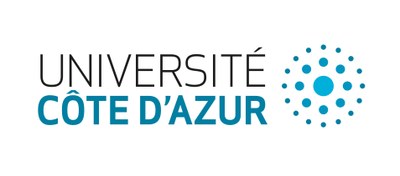
| Contact |

| Cheminformatic Tools and Databases for Pharmacology | ||||
|
Rigid or Flexible Shape-based alignment of molecules with SenSaaS
References:
- Molecules are represented as colored point-based vdW surfaces |
|||||
|
 |
Copyright © 2019 Université Côte d'Azur CNRS - All rights reserved
| Contact | |
 |